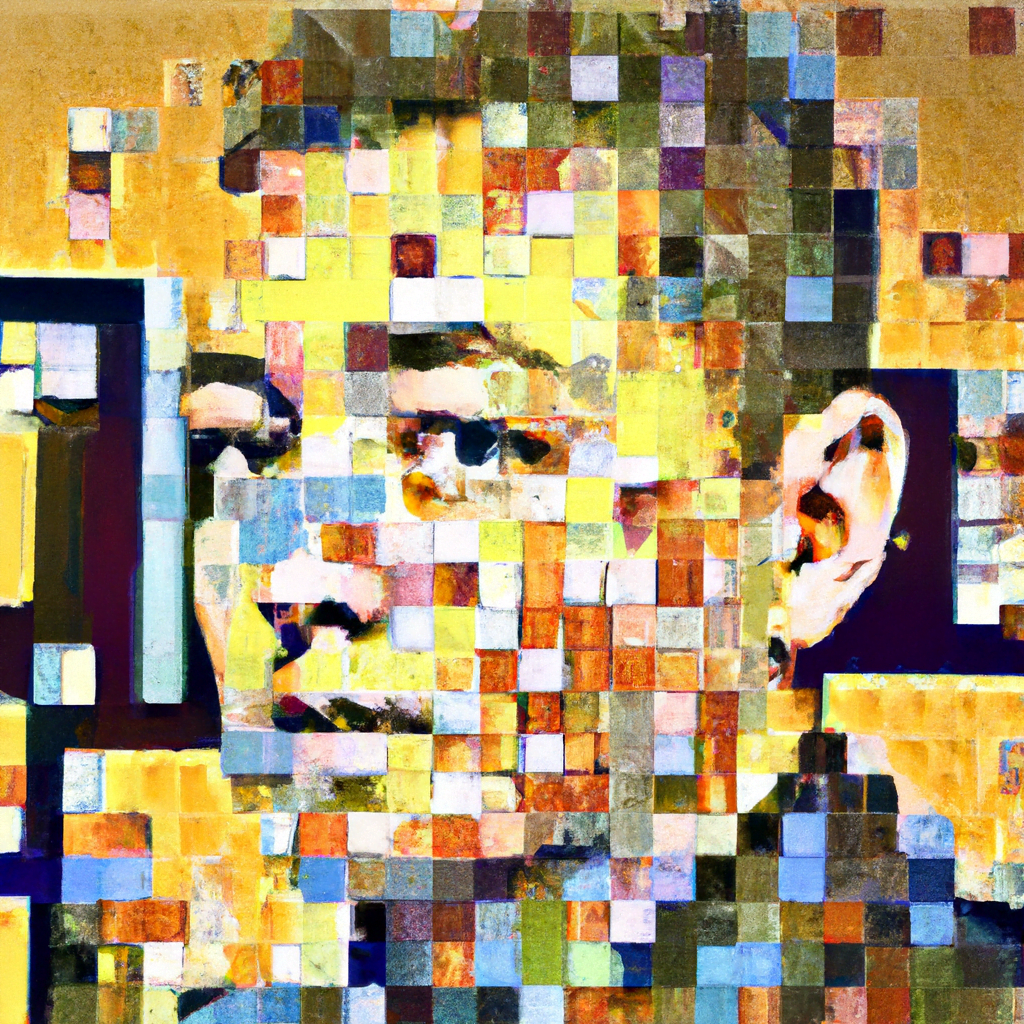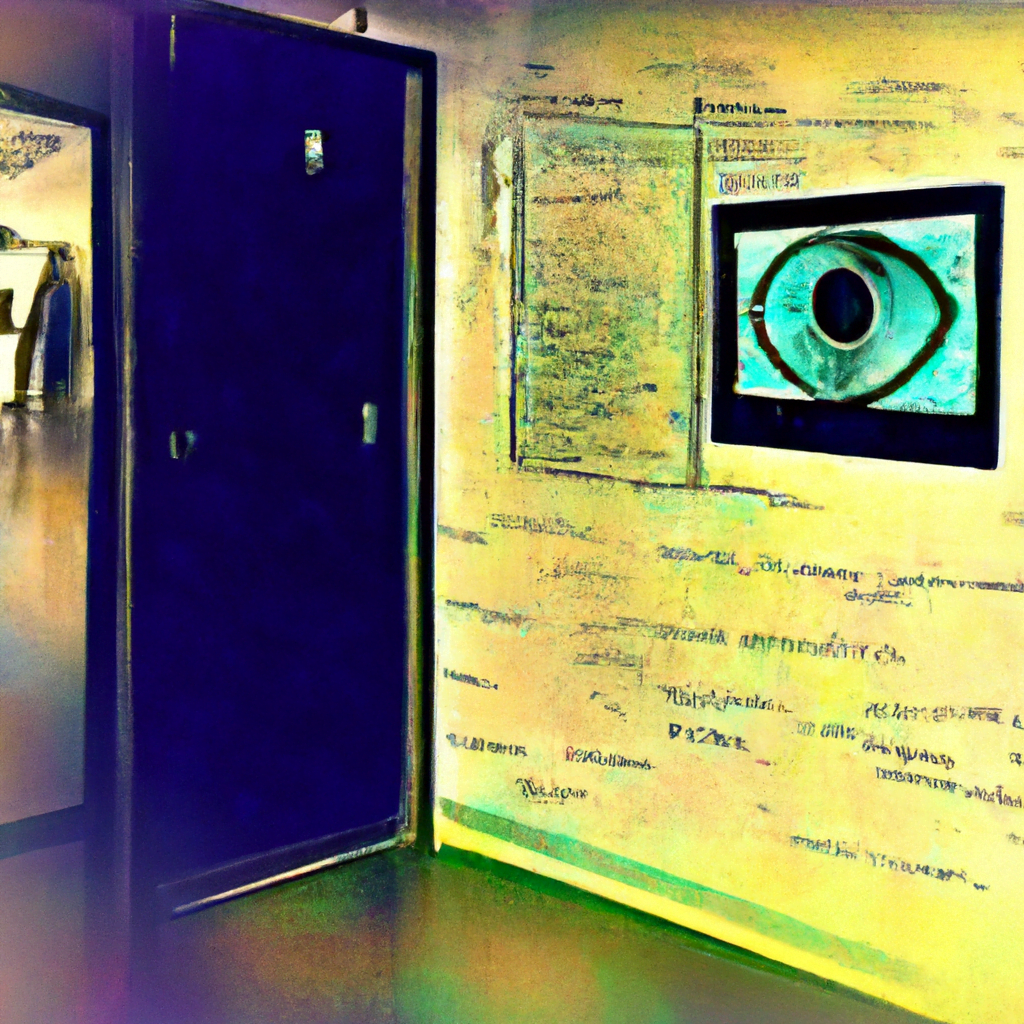
Exploring AI-Generated User Interface Design Concepts

Artificial Intelligence (AI) has revolutionized various industries, and user interface (UI) design is no exception. AI-generated UI design concepts are transforming the way designers create interfaces, offering new possibilities and efficiencies. In this article, we will explore the world of AI-generated UI design concepts, their benefits, challenges, and the future of this technology.
The Rise of AI in UI Design
AI has become an integral part of UI design, enabling designers to automate repetitive tasks, generate design concepts, and enhance the overall user experience. With the help of machine learning algorithms, AI can analyze vast amounts of data, learn from patterns, and generate unique design ideas.
One of the key advantages of AI-generated UI design concepts is their ability to save time and effort for designers. Instead of starting from scratch, designers can use AI tools to generate design options based on specific requirements and user preferences. This not only speeds up the design process but also ensures a more personalized and user-centric approach.
Benefits of AI-Generated UI Design Concepts
1. Efficiency: AI-generated UI design concepts can significantly reduce the time and effort required to create interfaces. Designers can focus on higher-level tasks while AI handles the repetitive and mundane aspects of design.
2. Personalization: AI can analyze user data and preferences to generate personalized design concepts. This allows designers to create interfaces that cater to individual users, resulting in a more engaging and tailored user experience.
3. Creativity: AI tools can generate unique design ideas that may not have been considered by human designers. By exploring a vast range of possibilities, AI can push the boundaries of traditional design and inspire new creative directions.
4. Consistency: AI ensures consistency in design by following predefined rules and guidelines. This helps maintain a cohesive user experience across different screens and platforms.
Challenges in AI-Generated UI Design Concepts
While AI-generated UI design concepts offer numerous benefits, there are also challenges that need to be addressed:
1. Human touch: AI-generated designs may lack the human touch and emotional connection that human designers bring to their work. Design is not just about aesthetics but also about understanding human behavior and emotions.
2. Ethical considerations: AI algorithms learn from existing data, which may contain biases or discriminatory patterns. Designers need to be cautious and ensure that AI-generated designs do not perpetuate harmful stereotypes or exclude certain user groups.
3. Overreliance on AI: While AI can assist in generating design concepts, it should not replace human designers entirely. Design is a creative process that requires human intuition, empathy, and critical thinking.
Examples of AI-Generated UI Design Concepts
Several companies and designers have already embraced AI-generated UI design concepts. Let’s explore some notable examples:
1. The Grid: The Grid is a website builder that uses AI to generate unique designs based on user content and preferences. It analyzes images, text, and other elements to create visually appealing and responsive websites.
2. Adobe Sensei: Adobe Sensei is an AI-powered platform that assists designers in various creative tasks, including UI design. It can generate design variations, suggest color palettes, and even animate UI elements.
3. Google’s AutoDraw: AutoDraw is an AI experiment by Google that helps users create professional-looking drawings. It uses machine learning to recognize rough sketches and suggests more polished alternatives.
The Future of AI-Generated UI Design Concepts
The future of AI-generated UI design concepts is promising. As AI continues to advance, we can expect even more sophisticated tools and capabilities. Here are some potential developments:
1. Improved personalization: AI will become better at understanding user preferences and generating highly personalized design concepts. Interfaces will adapt in real-time based on individual user behavior and context.
2. Collaboration between AI and designers: AI will serve as a valuable assistant to designers, helping them explore design options, automate repetitive tasks, and provide data-driven insights. Designers will work hand-in-hand with AI to create exceptional user experiences.
3. Enhanced accessibility: AI-generated UI design concepts can play a crucial role in improving accessibility for users with disabilities. By analyzing user needs and preferences, AI can generate interfaces that are more inclusive and accessible to a wider range of users.
Summary
AI-generated UI design concepts are revolutionizing the field of UI design, offering efficiency, personalization, creativity, and consistency. While there are challenges to address, such as the human touch and ethical considerations, the benefits outweigh the drawbacks. Examples like The Grid, Adobe Sensei, and Google’s AutoDraw demonstrate the potential of AI in UI design. The future holds even more promise, with improved personalization, collaboration between AI and designers, and enhanced accessibility. As AI continues to evolve, it will undoubtedly shape the future of UI design, enabling designers to create more engaging and user-centric interfaces.
